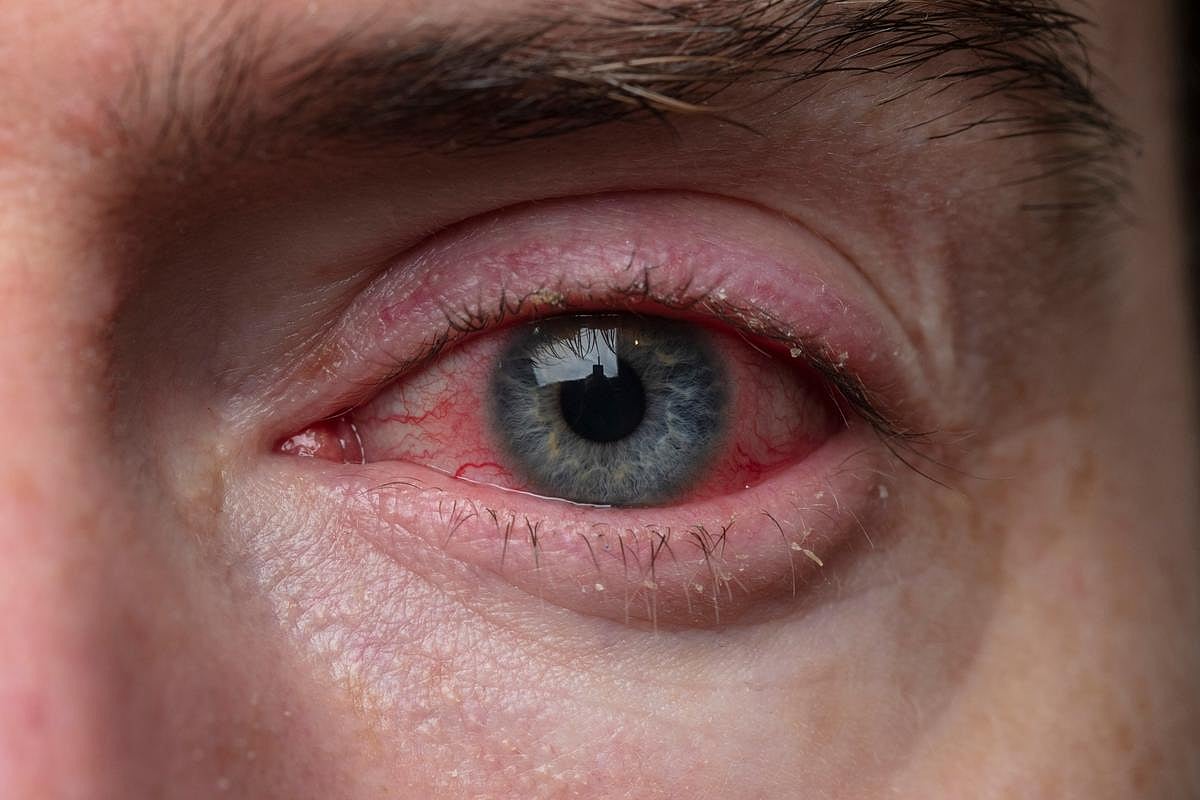Initial vision, longer time to presentation, larger stromal infiltrate size linked to risk for worse 90-day BCVA in two cohorts
By Elana Gotkine HealthDay Reporter
WEDNESDAY, April 30, 2025 (HealthDay News) — For patients with microbial keratitis (MK), initial vision, longer time to presentation, and larger stromal infiltrate size lead to a higher risk for worse 90-day best-corrected visual acuity (BCVA), according to a study recently published online in Ophthalmology.
Maria A. Woodward, M.D., from the University of Michigan in Ann Arbor, and colleagues examined factors associated with 90-day visual acuity in MK patients from the United States and India in a multicenter, prospective study. Patients aged 15 years and older with MK greater than 2 mm2 in the stromal infiltrate area were recruited from July 23, 2020, through May 1, 2024, and followed for up to 90 days; 479 patients were included in the analyses.
The researchers found that patients had an average 90-day BCVA of 1.36 ± 1.40 and 0.70 ± 0.99 logMAR units in the United States and India, respectively. Worse 90-day logMAR BCVA was associated with worse presenting BCVA, longer time until presentation, no contact lens use, and larger stromal infiltrate area for the U.S. cohort, while in the India cohort, worse 90-day logMAR BCVA was associated with worse presenting BCVA, longer delays to presentation, diabetes mellitus, hypopyon, no recent ocular trauma, and a larger stromal infiltrate area.
“Although this work doesn’t represent everyone globally, we found some commonalities regardless of where the participants were from,” Woodward said in a press release. “As part of this work, we took serial photographs of patients over time to monitor how their eye characteristics change over time. We can use this to help physicians distinguish between mild and severe cases and treat patients effectively.”
Copyright © 2025 HealthDay. All rights reserved.








